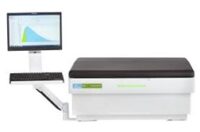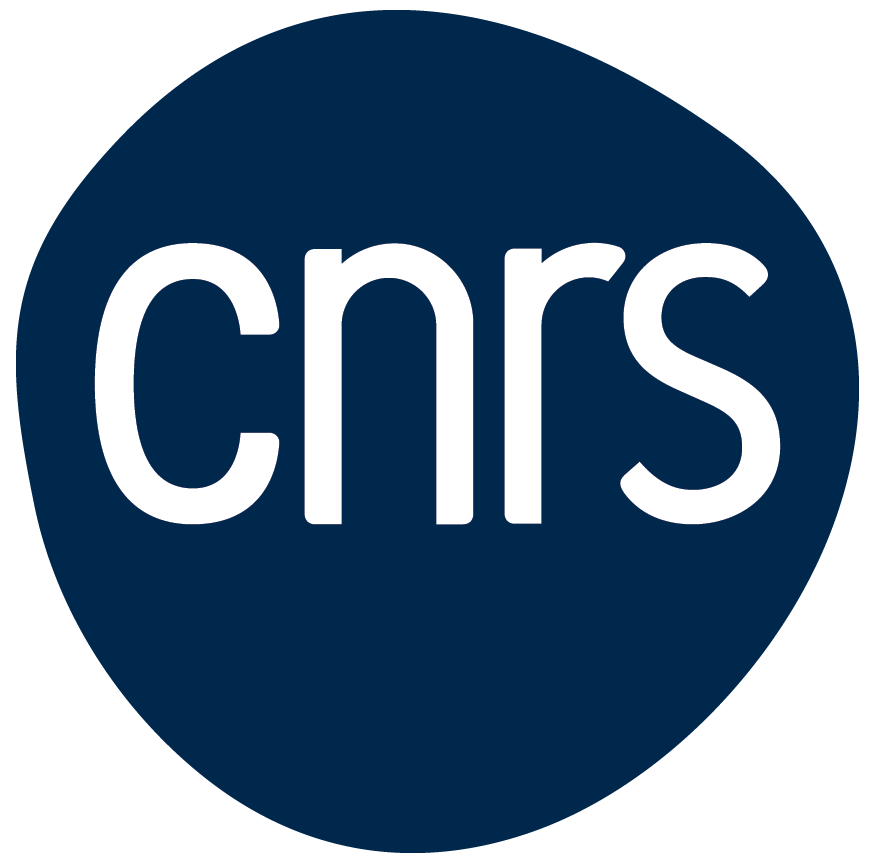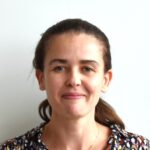Analytical platform
The analytical platform comprises two services:
– HPLC analysis
– analysis of radiolabelled molecules and macromolecules
HPLC analysis service
The HPLC analysis department has several HPLC chains equipped with different detections for the analysis and quantification of molecules. In particular, the diode array detector (PDA), which enables chromophores to be detected and quantified, and the fluorescence detector for monitoring compounds containing fluorophores.
The instruments in the HPLC analysis department enable :
– assay small molecules up to macromolecules (polymers, proteins, etc.)
– monitor the release kinetics of active ingredients from self-assembled systems (liposomes, nanoparticles, etc.)
– assess the encapsulation rate of active ingredients.
Operating procedures and training
The equipment in the HPLC analysis department is self-service and is available to the staff of UMR CNRS 8612, as well as to certain laboratories in the Faculty of Pharmacy at the University of Paris-Saclay.
Training is compulsory for access to the HPLC and UHPLC instruments and the SEC RALS-LALS Malvern.
To reserve a slot with your upsud login and password, go to: https://webapplis3.di.u-psud.fr/grr3/ (UMR8612 HPLC)
For other SEC instruments, please contact Julien Nicolas and Laurence Moine.
HPLC – UHPLC
The HPLC analysis service is equipped with several HPLC systems featuring different detectors for the analysis and quantification of molecules. These systems are primarily used in reverse phase mode.
In particular, the photodiode array detector (PDA) allows detection and quantification of chromophores, while the fluorescence detector is used to monitor compounds containing fluorophores.
The newly acquired instrument, the “Thermo UHPLC,” is equipped with two detectors: a diode array detector (DAD) and a charged aerosol detector (CAD CORONA). The uniqueness of this charged aerosol detector lies in its requirement for the analyte to be non-volatile or semi-volatile. It provides a universal detection method that is independent of chemical structure, with an almost uniform response.
SEC
We also have Size Exclusion Chromatography (SEC) systems to determine the average molar mass (Mn, Mw, etc.), dispersity (Mw/Mn), and other characteristics (conformation, branching, etc.) of macromolecules such as polymers and proteins.
The SEC systems differ based on the nature of the organic eluent (chloroform, DMSO, DMF) or aqueous solvents (buffers, water), as well as the types of detectors used.
For example, the triple-detection SEC in DMSO is equipped with three detectors: light scattering, viscometer, and concentration detector, along with a UV detector. It can measure absolute molar mass, molecular size, and intrinsic viscosity, and provide information on macromolecular structure, conformation, aggregation, and branching.
Contact
Radiolabelled Molecules and Macromolecules Analysis Service
The use of radiolabelled molecules as tracers is a preferred technique and is justified when other commonly used analytical methods show limitations.
Operating Mode and Training
The radioactivity laboratory is a controlled area, meaning it is subject to regulations for protection against ionising radiation.
Users are individually identified, and their access to these premises is subject to the approval and authorisation of the person responsible for the radioactive substances licence and/or the Radiation Protection Officer (RPO).
Any experiment involving radioactivity is never trivial, regardless of the radioisotope used: there are health risks for the operator and those nearby, as well as environmental risks. Such work should only be considered when the scientific interest is significant and when other study methods and analyses fail to provide the expected results (justification of practices).
Instrumentation
-
-
1 Tri-Carb 4910TR liquid scintillation counter
-
1 R-205 V rotary evaporator / V-502 BUCHI vacuum pump
-
1 Class II biological safety cabinet
-
2 CO₂ incubators
-
1 Thermo Biofuge Stratos centrifuge
-
1 Mettler Toledo precision balance
-
1 Sonicator
-
Contact
Liquid scintillation counter





